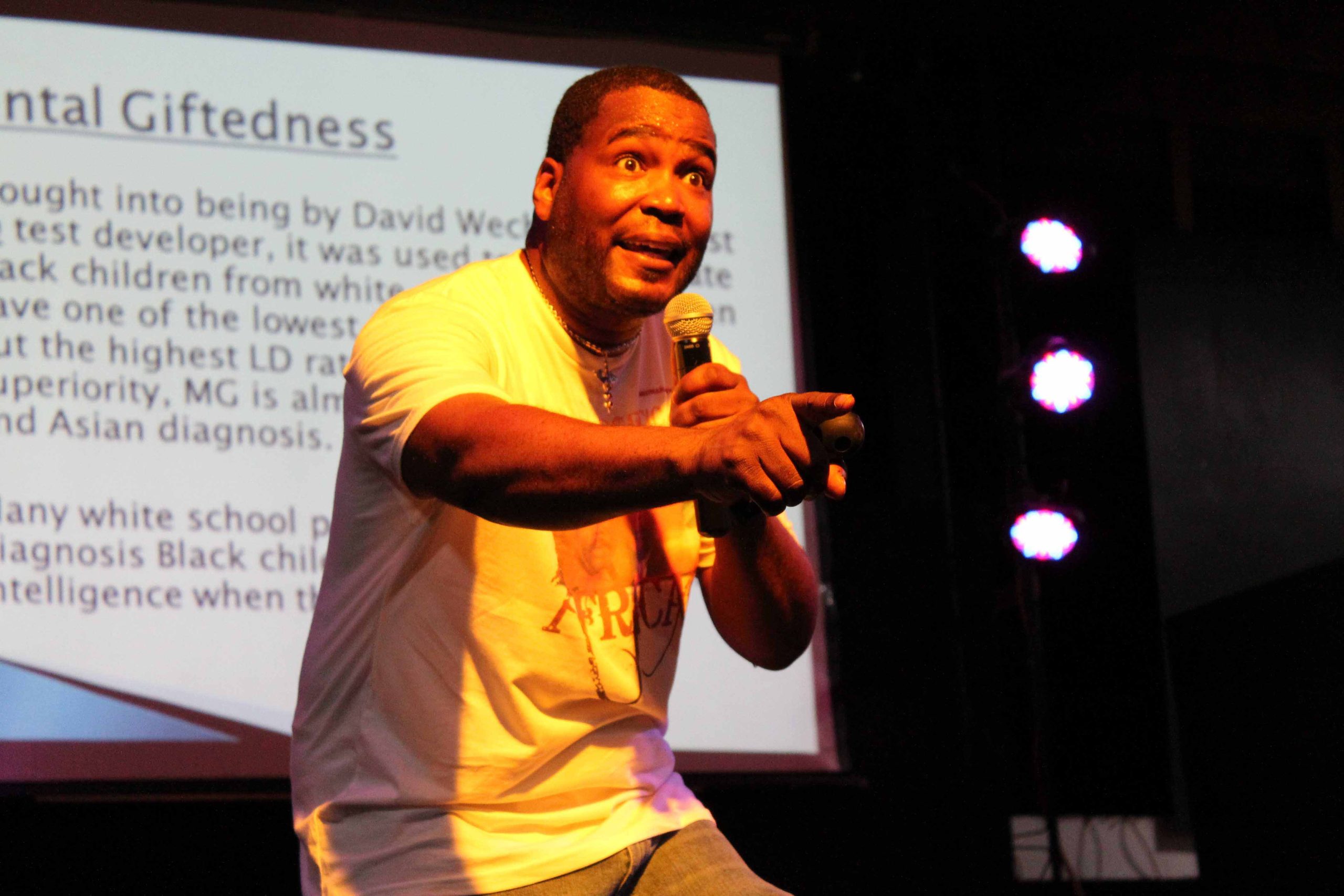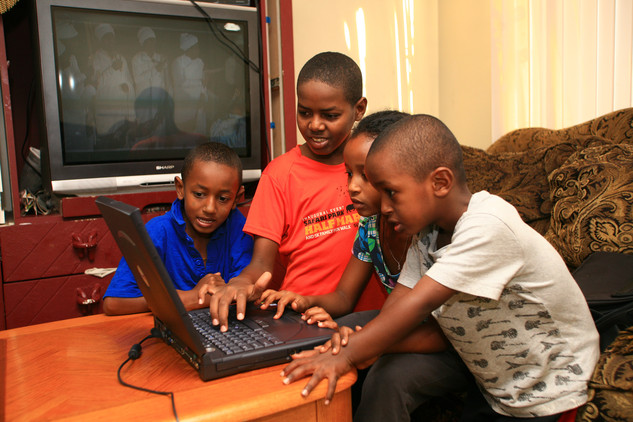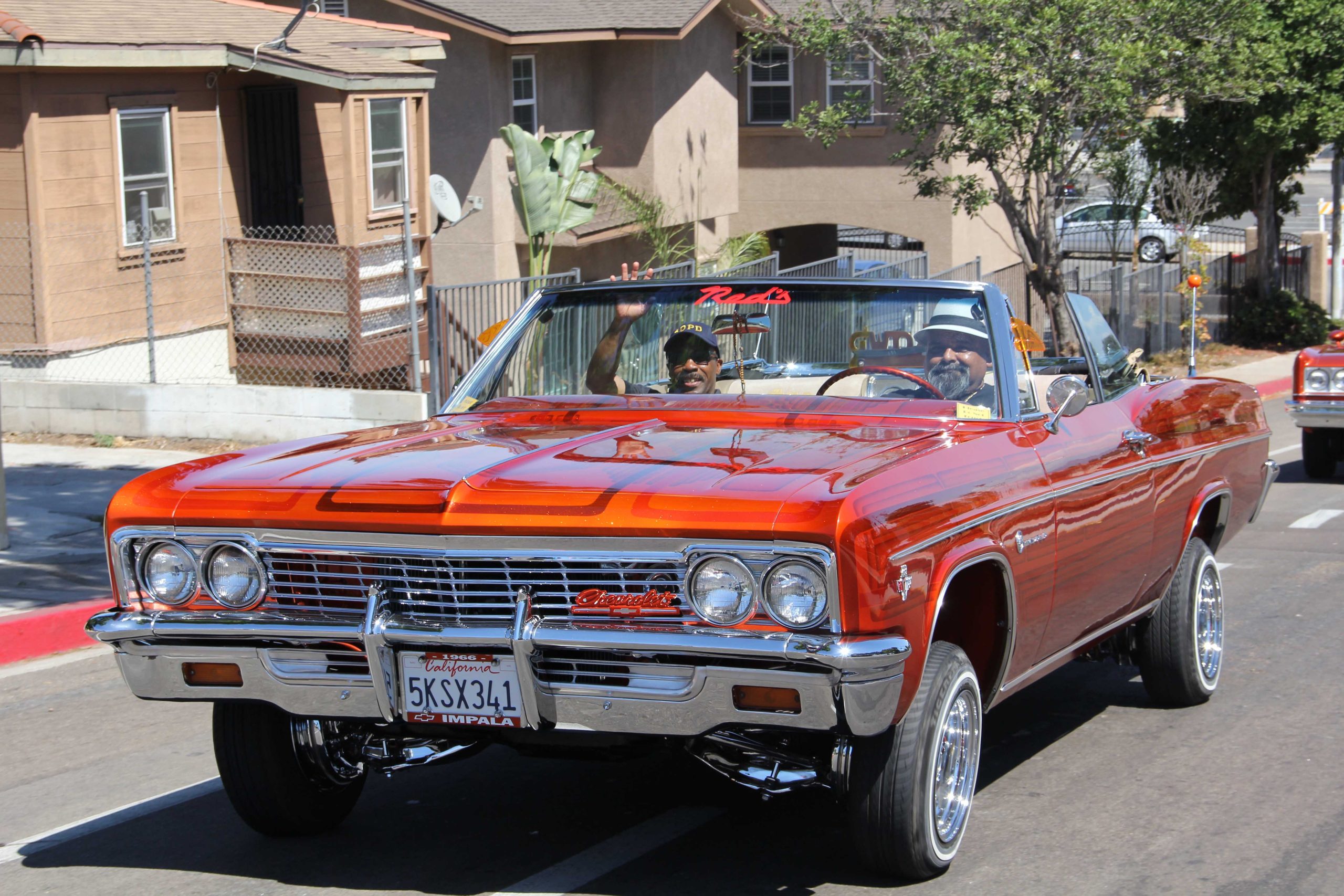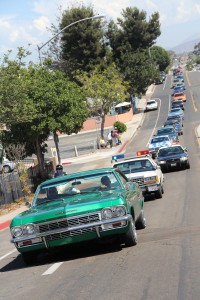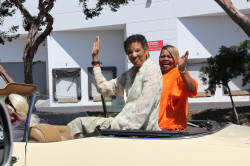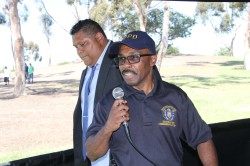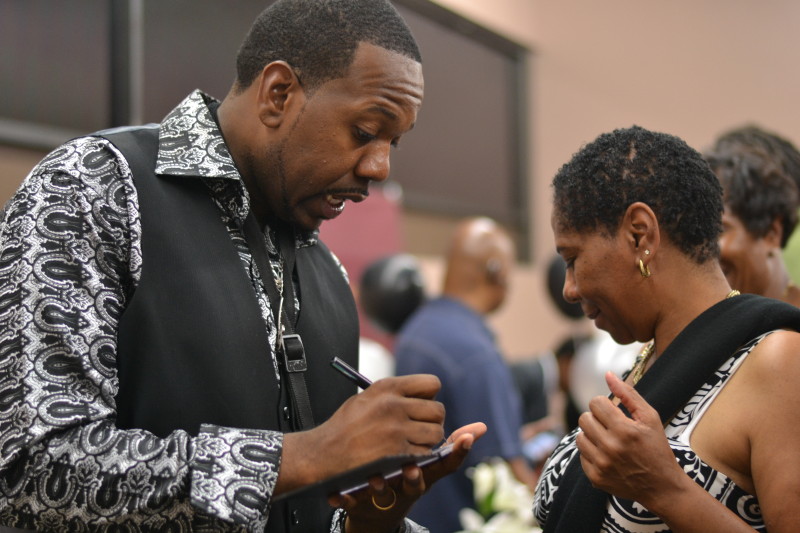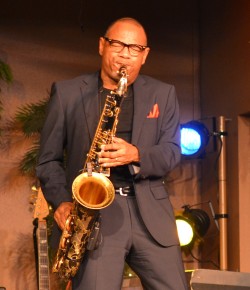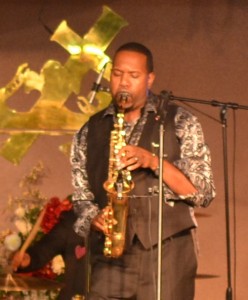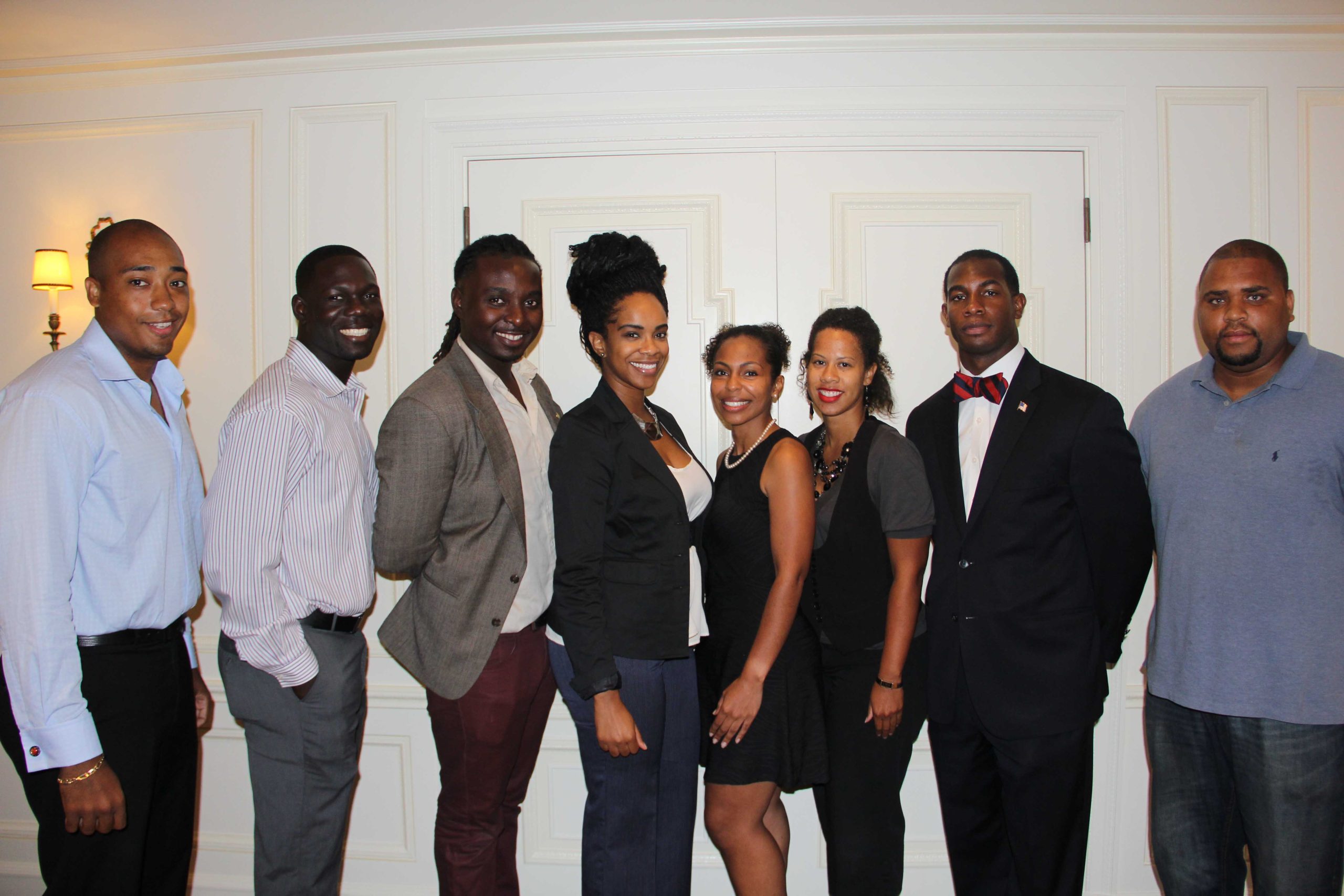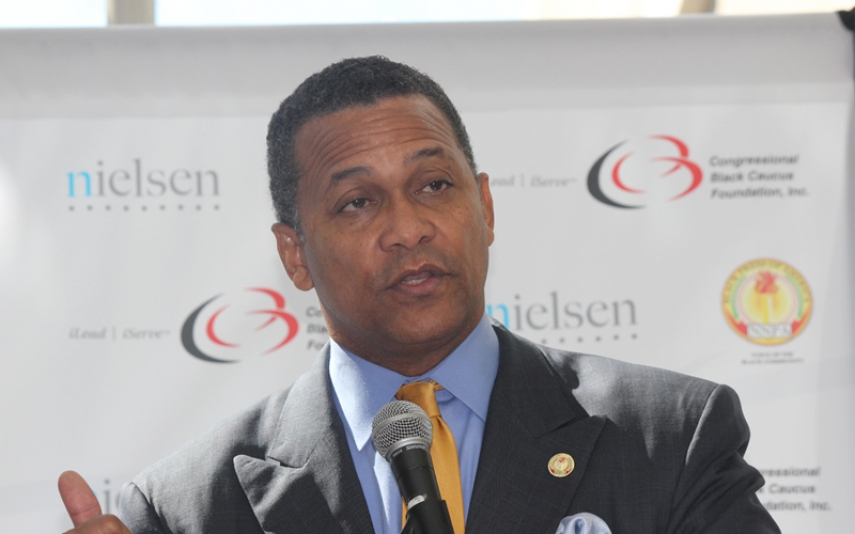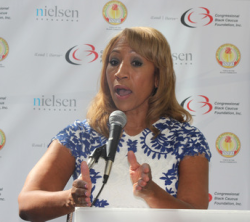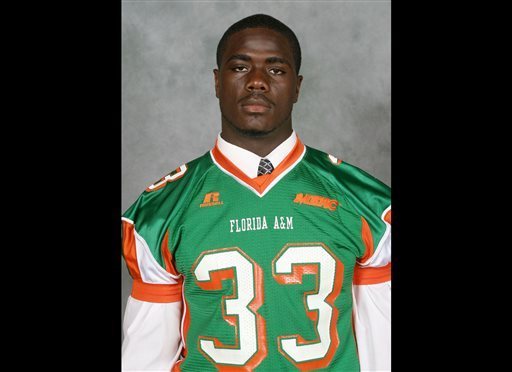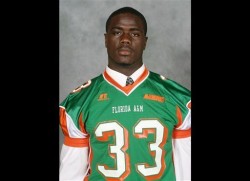The Affordable Care Act –will help make health insurance coverage more affordable and accessible for millions of Americans. For African Americans, like other racial and ethnic minorities, the law will address inequities and will increase access to quality, affordable health coverage, invest in prevention and wellness, and give individuals and families more control over their care.
African Americans suffer from obesity, heart disease, and diabetes at higher levels than the general population. For example, in 2010, 37 percent of African Americans were obese, compared to 26% of whites1. Expanding opportunities for coverage can improve health outcomes for African Americans.
Already, the Affordable Care Act has benefitted the nearly 85% of Americans who already have insurance:
- 3.1 million young adults have gained coverage through the parents’ plans
- 6.6 million seniors are paying less for prescription drugs
- 105 million Americans are paying less for preventative care & no longer face lifetime coverage limits
- 13.1 million Americans have received rebates from insurance companies
- 17 million children with pre-existing conditions no longer denied coverage or charged extra
Beginning in 2014, the Affordable Care Act will provide 6.8 million uninsured African Americans an opportunity to get affordable health insurance coverage. The following provides an overview of the coverage and benefits available to African Americans today and those made possible by the Health Insurance Marketplace.
Happening Now:
- An estimated 7.3 million African Americans with private insurance now have access to expanded preventive services with no cost sharing. These services include well-child visits, blood pressure and cholesterol screenings, Pap tests and mammograms for women, and flu shots for children and adults.
- The 4.5 million elderly and disabled African Americans who receive health coverage from Medicare also have access to many preventive services with no cost-sharing, including annual wellness visits with personalized prevention plans, diabetes and colorectal cancer screening, bone mass measurement and mammograms.
- More than 500,000 young African American adults between ages 19 and 25 who would otherwise have been uninsured now have coverage under their parent’s employer-sponsored or individually purchased health plan.
- Major federal investments to improve quality of care are improving management of chronic diseases more prevalent among African Americans.
- The health care workforce will be more diverse due to a near tripling of the National Health Service Corps. African American physicians make up about 17 percent of Corps physicians, a percentage that greatly exceeds their 6 percent share of the national physician workforce.
- Investments in data collection and research will help us better understand the causes of health care disparities and develop effective programs to eliminate them.
- Targeted interventions, such as Community Transformation Grants, will promote healthy lifestyles, lower health care costs, and reduce health disparities.
- Increased funding available to more than 1,100 community health centers will increase the number of patients served. One of every five patients at a health center is African American.
Coming Soon:
- 6.8 million uninsured African Americans will have new opportunities for coverage through the Health Insurance Marketplace. Of the 6.8 million uninsured African Americans who are eligible for coverage through the Marketplace, 56 percent are men.
- The Marketplace is a destination where consumers can compare insurance options in simple, easy to understand language. At the Marketplace, consumers will be able to compare insurance options based on price, benefits, quality and other factors with a clear picture of premiums and cost-sharing amounts to help them choose the insurance that best fits their needs.
- Consumers may be eligible for free or low cost coverage, or advance premium tax credits that lower monthly premiums right away. Individuals with higher incomes (up to 400 percent of the federal poverty level, or $94,200 for a family of four) will be eligible to purchase subsidized coverage from the Health Insurance Marketplace.
- States have new opportunities to expand Medicaid coverage to include Americans with family incomes at or below 133 percent of the federal poverty level (generally $31,322 for a family of four in 2013). This expansion includes adults without dependent children living at home, who have not previously been eligible in most states.
New Report from the U.S. Department of Health and Human Services (HHS) on lower than expected premiums available in the new Health Insurance Marketplace:
A new report released today by the Department of Health and Human Services (HHS) finds that in state after state, consumers will see increased competition in the Health Insurance Marketplace, leading to new and affordable choices for consumers. According to the report, consumers will be able to choose from an average of 53 health plans in the Marketplace, and the vast majority of consumers will have a choice of at least two different health insurance companies – usually more. Premiums nationwide will also be around 16 percent lower than originally expected – with about 95 percent of eligible uninsured live in states with lower than expected premiums – before taking into account financial assistance.
To read the report on health insurance rates, visit: http://aspe.hhs.gov/health/
To view the data on rates, visit: http://aspe.hhs.gov/health/
Getting answers is easy:
Visit HERE for helpful resources to get more information on the Affordable Care Act and the Health Insurance Marketplace.


